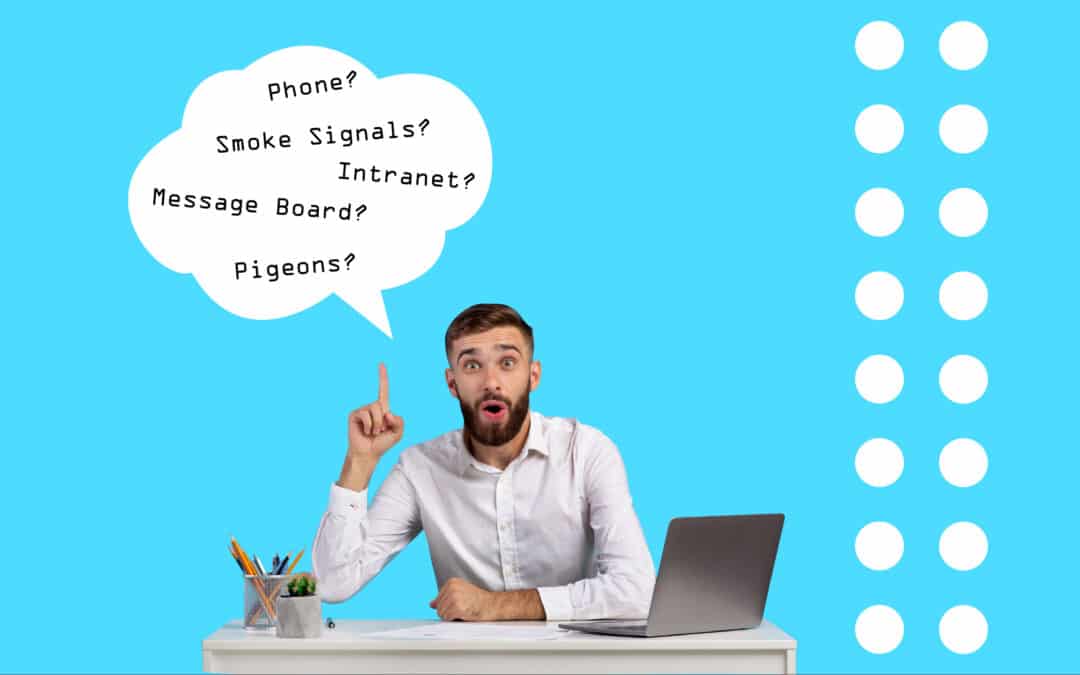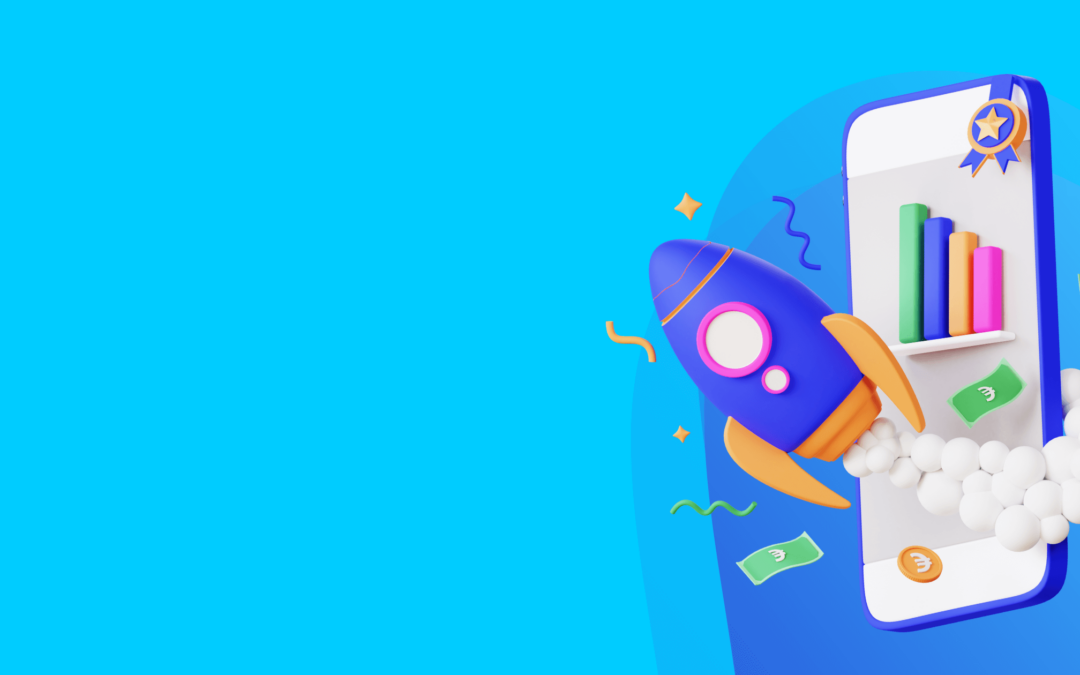Every employee has a unique and complex journey within an organization.
From the hiring process and their first day, their growth to finally the last shift, a person’s day-to-day on the job has a significant impact on their wellbeing, quality of life, and satisfaction at work.
With the right employee experience platform, hitting the highs of the journey and avoiding the lows is more possible than ever.
Taking a people-first approach for every single stage of the employee journey makes sure that employees feel comfortable within an organization. The employee journey depends on the company just as much as the employee. Communication, flexibility, and equal opportunities form the crux of a successful employee journey.
Here are the 4 main stages of the employee journey.
Stages of The Employee Journey
Stage 0: Hiring: Use a comprehensive digital platform to rank, rate, and save candidates
Finding the perfect candidate for any given role is always a challenging, yet deeply rewarding, experience for hiring managers. Analyzing candidates, ranking their skills, interviewing, testing, and ultimately making an offer – it can be a lot to keep track of.
Employee software can help manage applicants’ profiles, competencies, and keep track of each profile on a central database. For those candidates who may not have been offered a position, their details are kept securely on file. Recruitment management software can match these candidates with future positions that open up.
Stage 1: Employee Pre-Boarding: Make HR documentation easy
Once the candidate has accepted the offer, and a start date has been finalized, the pre-boarding process can begin.
In digital workplaces, getting new hires up to speed quickly is important to ensure they feel part of the team as soon as they log-in for the first time. In their first days, training should involve forms and tutorials on how to make the most of their new-to-them digital platform.
Make it easy for them. Instead of having them fill out traditional paper-based documents like their personal information, insurances, etc., use digital forms inside of the employee software. The more they use the platform on which they’ll be working, the more comfortable they’ll be when they dig into their real work.
Integrating intuitive design principles will also help getting new employees up to speed efficiently and instinctively. Using intuitive design throughout on-boarding – and beyond – elevates the learning experience by taking their next steps into account.
For example, if a new employee starts a task or process, relevant training prompts are instantly triggered. These can be completed on the spot, or saved to be finished later. When working with forms, for instance, specific training material, refreshers, or a quiz can be automatically pushed within an employee app. Whatever process the employee does, the next step is intuitive and contributes to a natural learning progression.
The idea behind intuitive training design is that the training material and reference documentation is intuitively there for an employee: the right information, at the right time and the right place.
Stage 2: Employee Onboarding: Test their skill sets and knowledge base
In a digital workplace, training materials can be completed asynchronously, at their own time. Priority can be assigned to the materials with highest importance. Throughout the onboarding process, the new hire can ask questions, make comments, or flag potential problems directly within the L&D software.
When onboarding, useful training materials include preparatory activities to test their skill sets and knowledge base.These can be integrated into the intuitive design principle and triggered just-in-time. Follow-up of targeted resources to complement these evaluations can give them a virtual head start.
Virtual review meetings – ideally with the video turned on at first – will help the team quickly get familiar with new employees, making their transition even easier.
Stage 3: Career Development: Harness Learning Experience software to build skills
Throughout an employee’s time at an organization, skilling, reskilling, and upskilling should always be part of their development plan. A comprehensive Learning Experience Platform makes continuous learning easy and provides a very flexible solution to manage both training and workload.
Allowing the employee the flexibility to choose where they see their career develop gives them autonomy and a sense of responsibility. Training can be tailored to match the wants and needs of each persona, allowing for a truly engaging approach to continuous learning and skills development.
Stage 4: Employee Offboarding: Easing the transition
When the time comes to move along, digital workplaces can make use of comprehensive employee software to tie up any loose ends.
Create digital checklists with what needs to be finished for final handovers. Use any remaining time to fine-tune digital tutorials to best prepare the new hires.
For the exit interview, along with an in-person chat or video call, have the employee complete a digital survey. This way, their feedback and experiences will be automatically saved and can be used by HR teams in the future.
A People-First Approach for the Employee Journey in the Digital Workplace
Along the employee journey, technology should be leveraged to make the onboarding process as smooth as possible. From initial paperwork, to training, to team-building and communication, digital employee software solutions make every step of the journey functional, practical, and efficient.
iTacit is an all-in-one solution that can tackle:
Automated HR Forms
Making it easier on the documentation side of onboarding with digital sign-offs.
Training paths
New hires get the training they need assigned over time, lowering the risk of information overload. Integrate intuitive design principles into skilling throughout the workflow for just-in-time training when and where they need it, right on their employee app.
Communication
Leverage social intranet and messaging features to keep the feedback loop moving.










